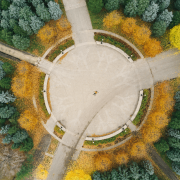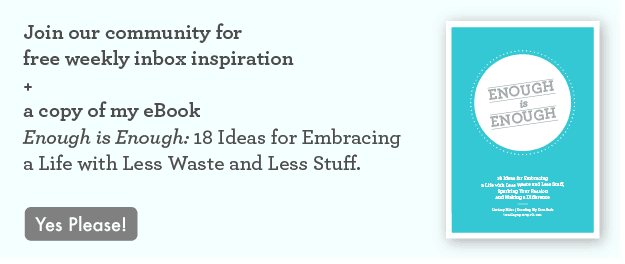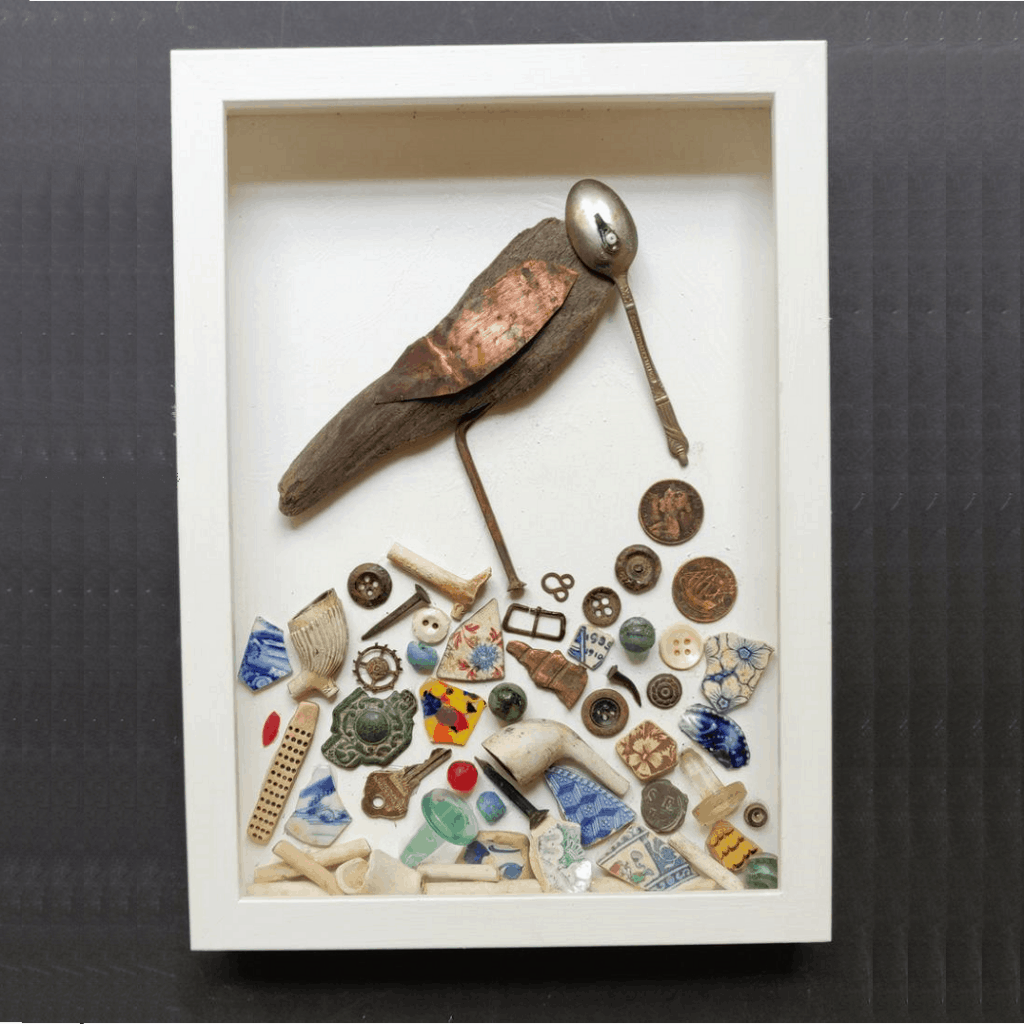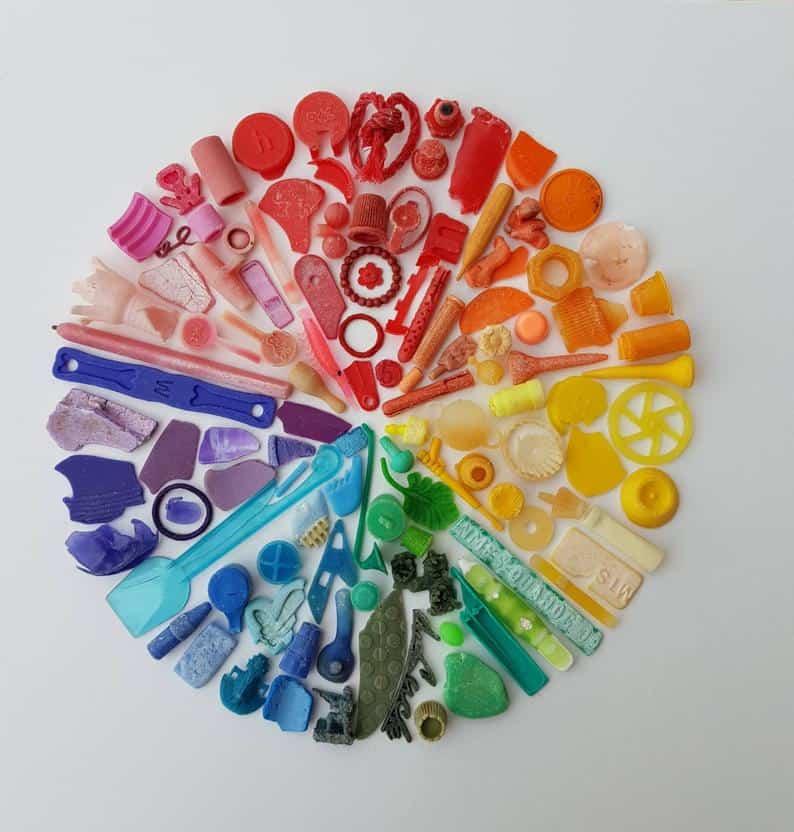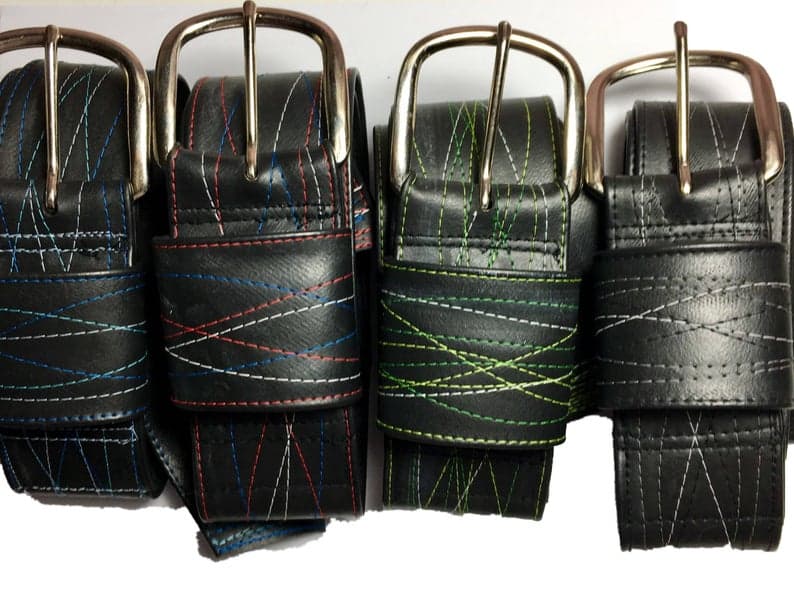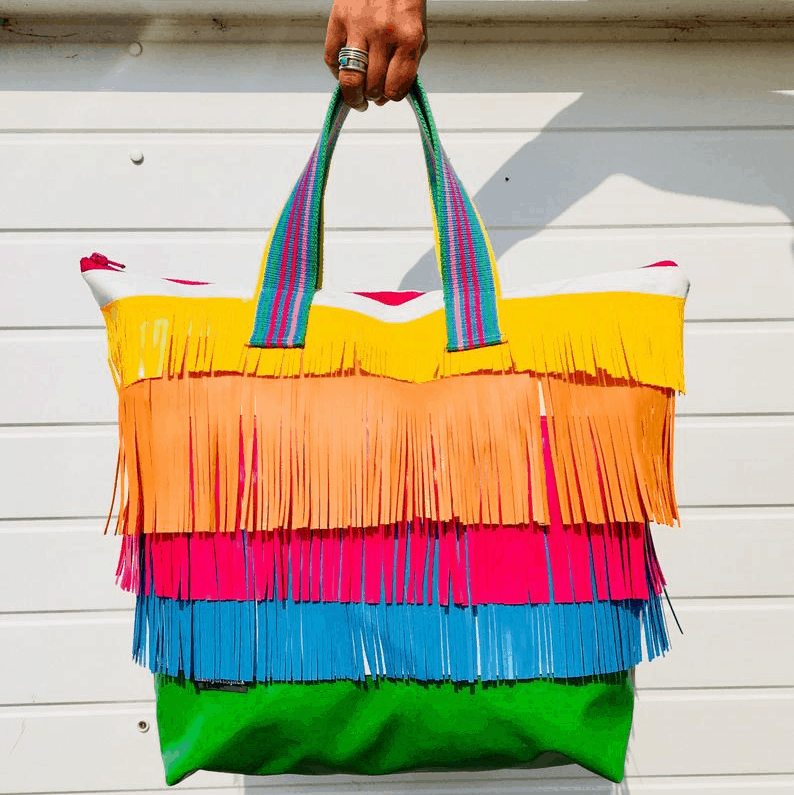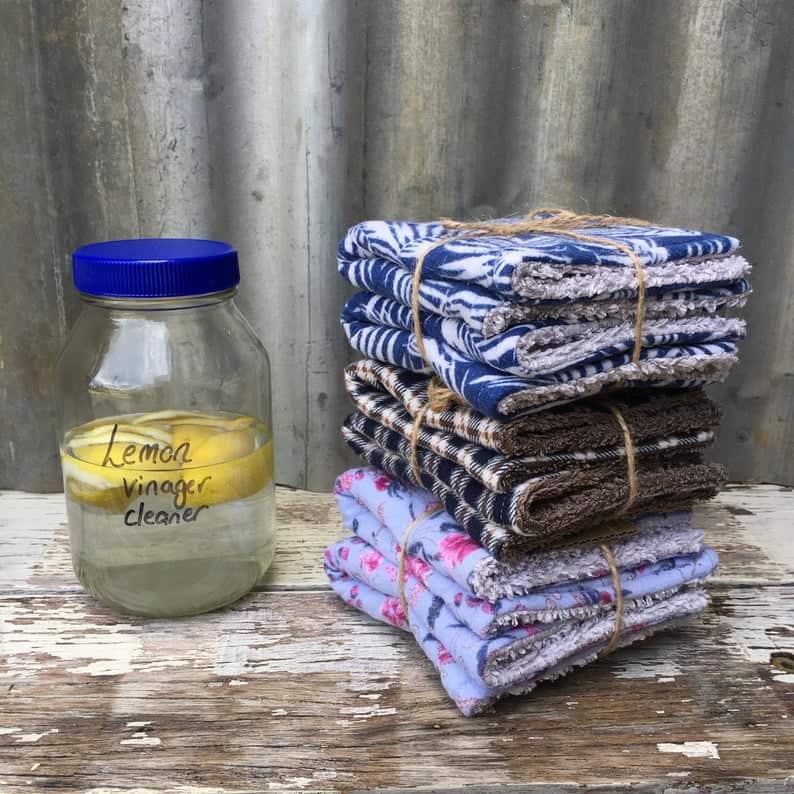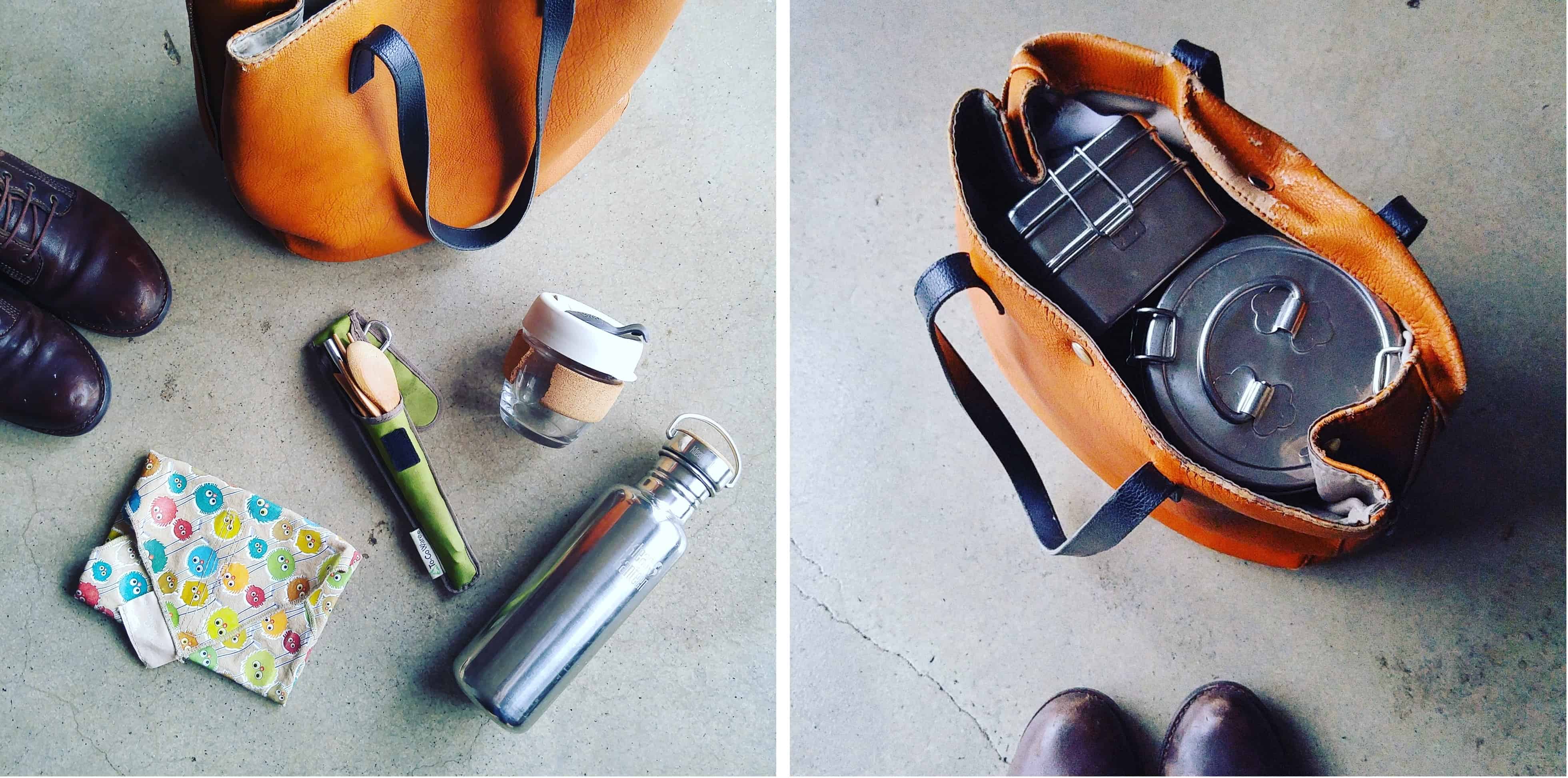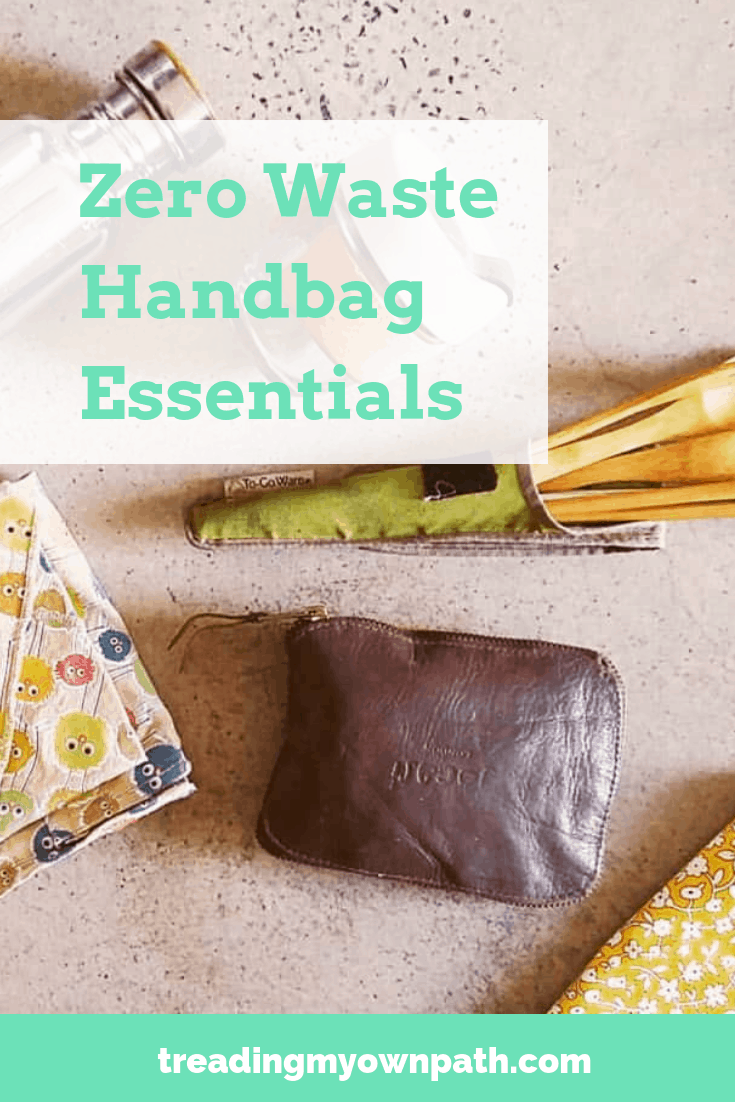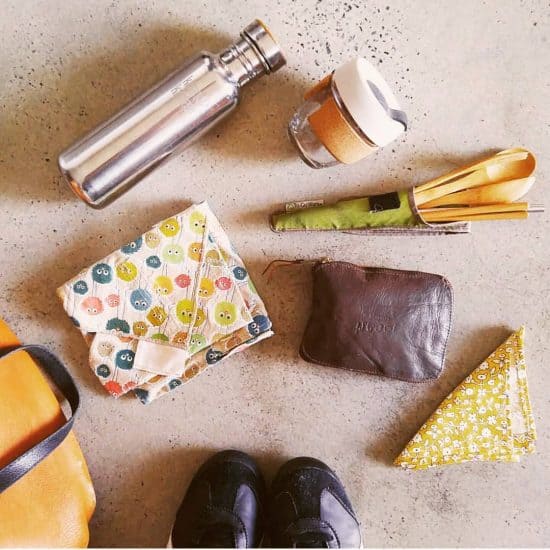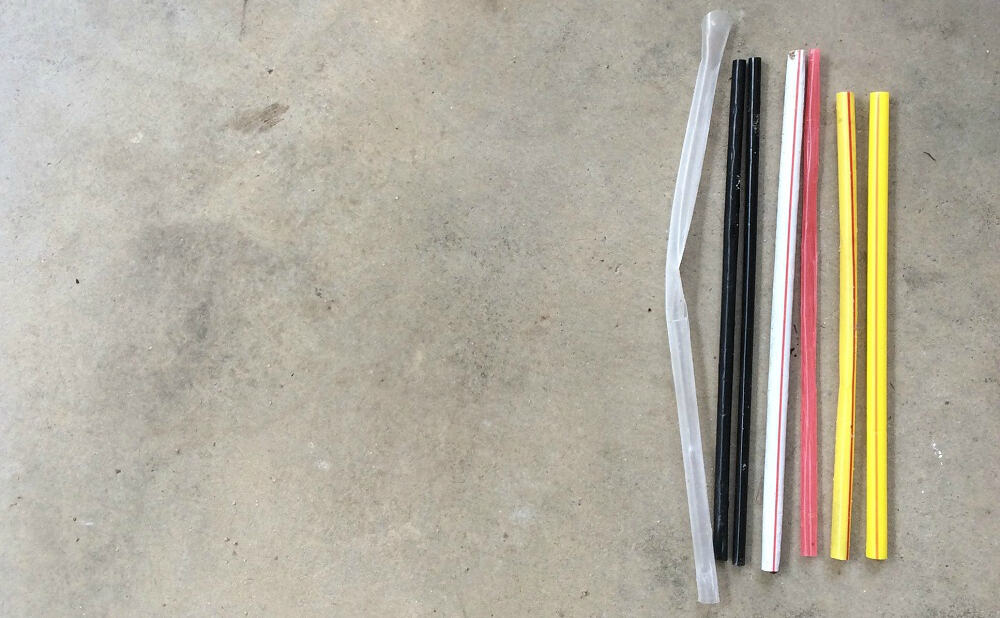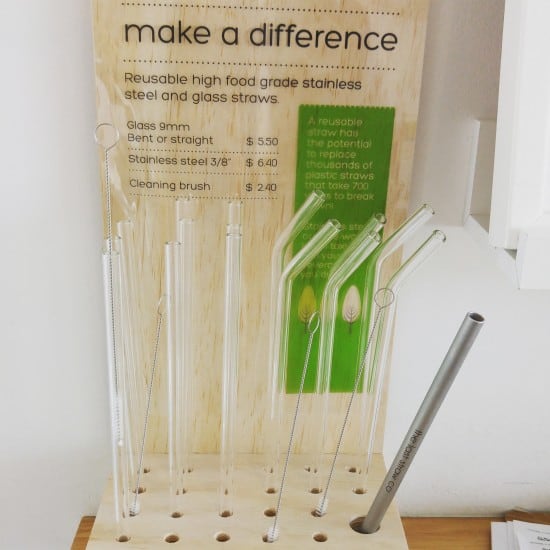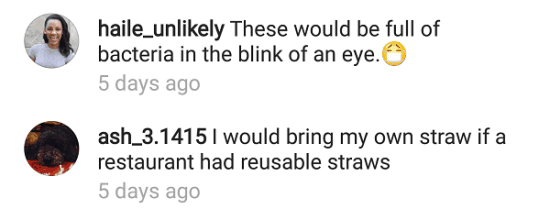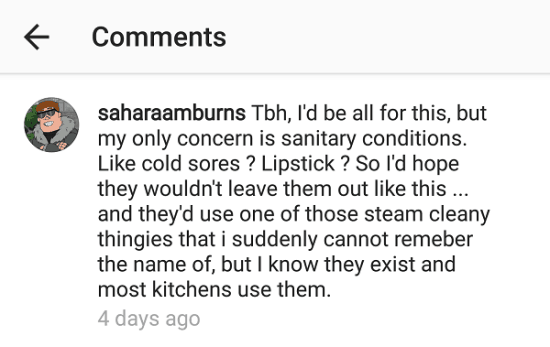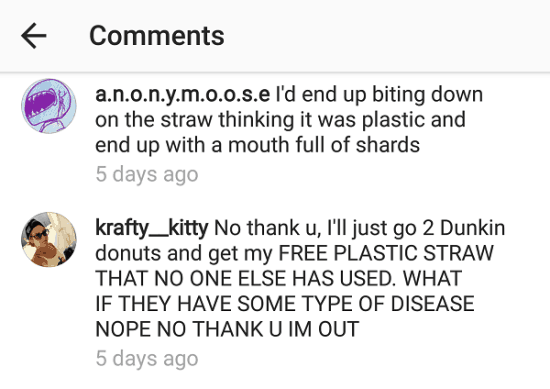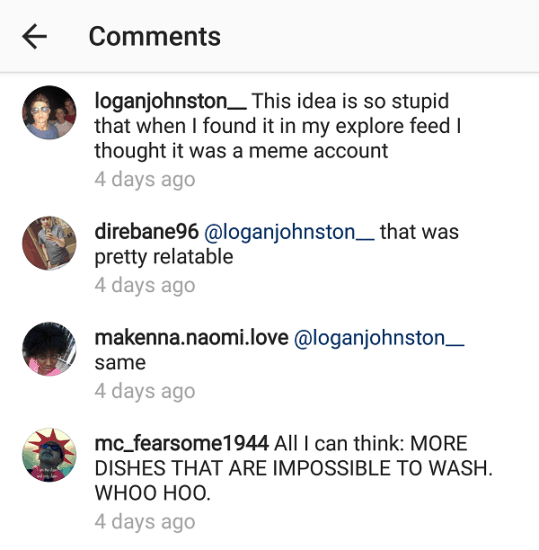Zero waste and the circular economy (and what it has to do with us)
Expressions like ‘zero waste’ and ‘circular economy’ get bandied about a lot. You might call them buzzwords. But the thing about buzzwords is that, as they become more popular, they often lose some of their meaning or get used outside of the correct context.
Which is why people distrust the expression ‘zero waste’ (because on a literal level, it is impossible to waste nothing, ever) and why people often think that ‘the circular economy’ simply means ‘better recycling’.
Wrong!
I thought I’d put together a post explaining what the circular economy is, what the concept really means, how it relates to zero waste, and why it’s about so much more than recycling. In short: the circular economy, and what it has to do with you.
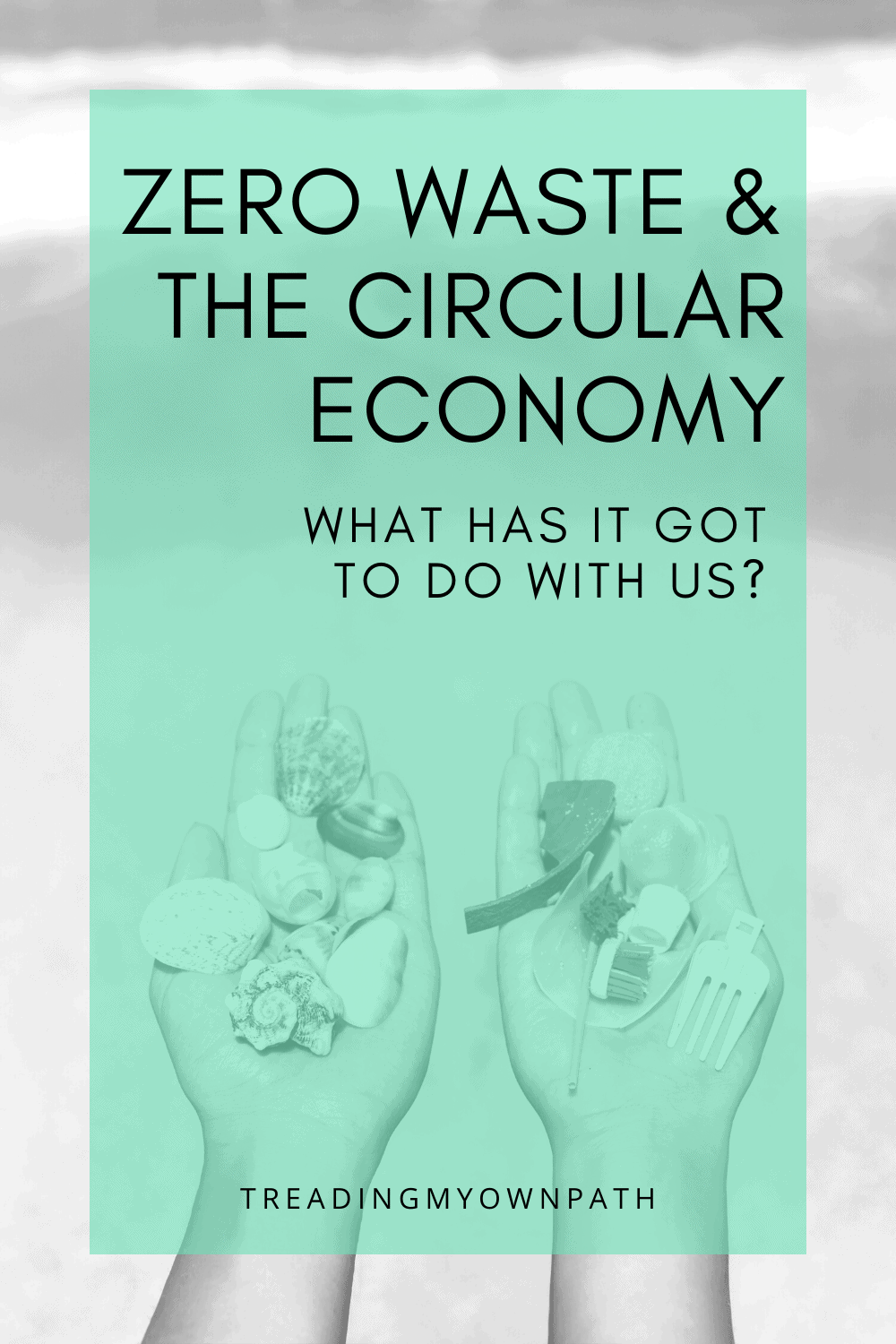
What is ‘zero waste’?
I’ve talked about the meaning of ‘zero waste’ before, but to summarise quickly: it was first coined as a manufacturing term in the 1970s by the chemist Paul Palmer who was interested in reducing the amount of useful chemicals going to waste in industrial processes.
‘Zero waste’ was later adopted as a lifestyle movement in the 2000s: people who live a zero waste lifestyle aim to throw nothing away (nothing to landfill or incinerators) and recycle as little as possible.
By following a set of principles – refuse, reduce, re-use, repurpose and repair – and buying less, the goal is to reduce the amount of waste produced.
Of course, the world isn’t really set up for zero waste living (yet) and almost every person working towards living a zero waste lifestyle will still create waste (if not in their own homes, then it is guaranteed there was waste created upstream).
The way the world works right now, zero waste is more like a philosophy or a set of values than a literal translation. (And because the ‘zero’ part can be misleading or seem unattainable, more people are now choosing to say ‘less’ waste or ‘low’ waste rather than zero.)
What is the circular economy?
A circular economy is a systemic approach to economic development which is designed to benefit businesses, society and the environment.
This is in contrast to our current model, which is linear, and operates as ‘take-make-‘waste’.
A circular economy is regenerative by design – resources aren’t ‘used up’ but are kept in circulation, and are eventually remade, repurposed, refitted or recycled.
This illustration is an excellent simple summary of the linear, recycling and circular economies. (Source: Plan C – Empowering circular futures.)
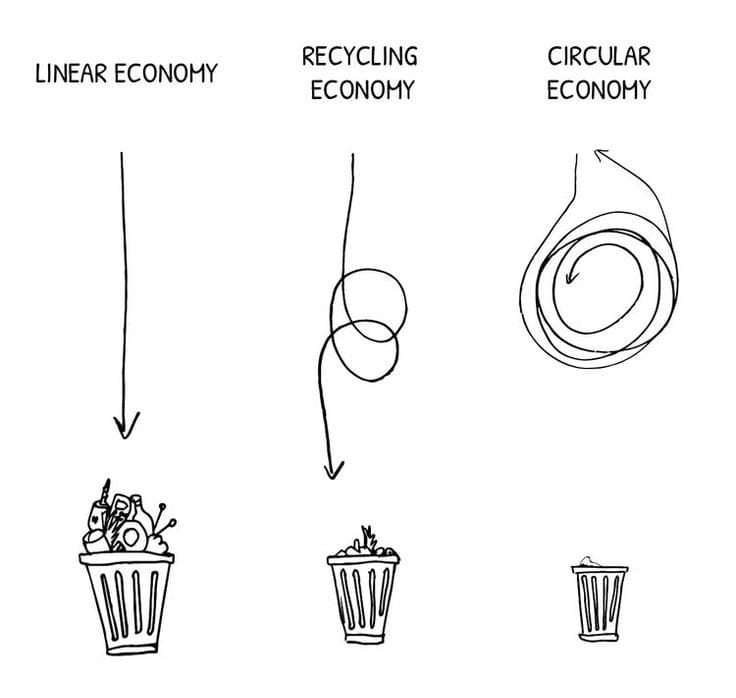
The circular economy is based on three principles:
- Designing out waste and pollution;
- Keeping products and materials in use;
- Regenerating natural systems.
You may have heard about Earth Overshoot Day – the date when humanity uses up all of the resources that can be renewed in a year.
In a sustainable world, we’d be reaching this day on 31st December, and in a regenerative world we’d still have resources left on 31st December.
In our current world, we’re reaching this date on 22nd August. In nine months, we are using up all the resources we have, and taking from future years (and future generations) for the rest of the year.
You can read all about Earth Overshoot Day here.
But of course, different countries use resources differently, and so the people behind Earth Overshoot Day have gone further, and calculated on what day Earth Overshoot Day would be if everyone in the world lived as the people of a particular country.
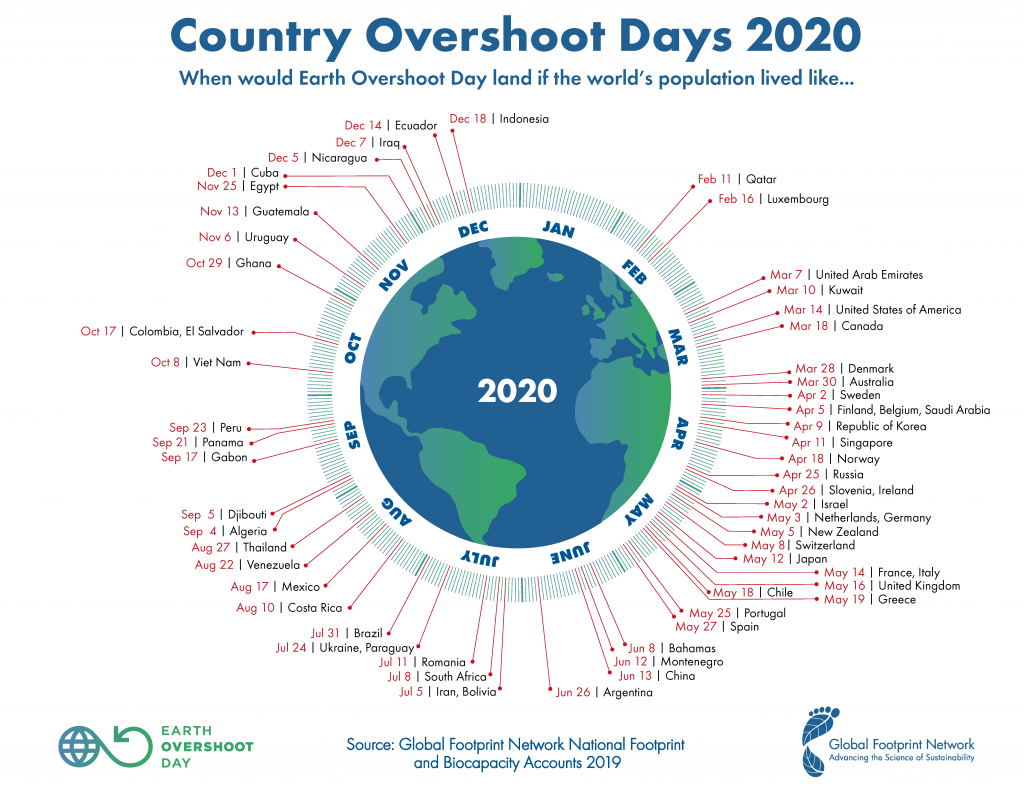
For the US it’s 14th March and for Australia it’s 30th March. That’s when all the resources for the year are used up.
When you hear the phrase “if everyone lived like Americans/Australians, we’d need four planets – and we’ve only got one” it’s another way of saying this.
But waste and pollution are not accidents. They are design choices. By embracing the circular economy, viewing waste as a design flaw and keeping materials in use (rather than sticking to our current take-make-waste model, we can make better use of resources, and create an economy that is regenerative.
The role of individuals (us!) in embracing the circular economy
Let me guess – you’re not a product designer, and you don’t advise government on economic policy? It’s easy to think that the circular economy is an abstract concept that has little to do with everyday people like us. And it’s easy to think that we, as individuals, have little influence to create change on something so big and all-encompassing.
But both of these ideas are wrong.
The circular economy recognises the importance of the economy needing to work effectively at all scales – for big and small businesses, for organisations and individuals, globally and locally.
We might not design products or write policy, but our individual choices are an important part in creating change.
The Ellen MacArthur Foundation do a lot of important work on the circular economy (I’d recommend looking at their website if you’d like to know more) and have created this diagram to illustrate the circular economy system- it’s sometimes called the butterfly diagram.
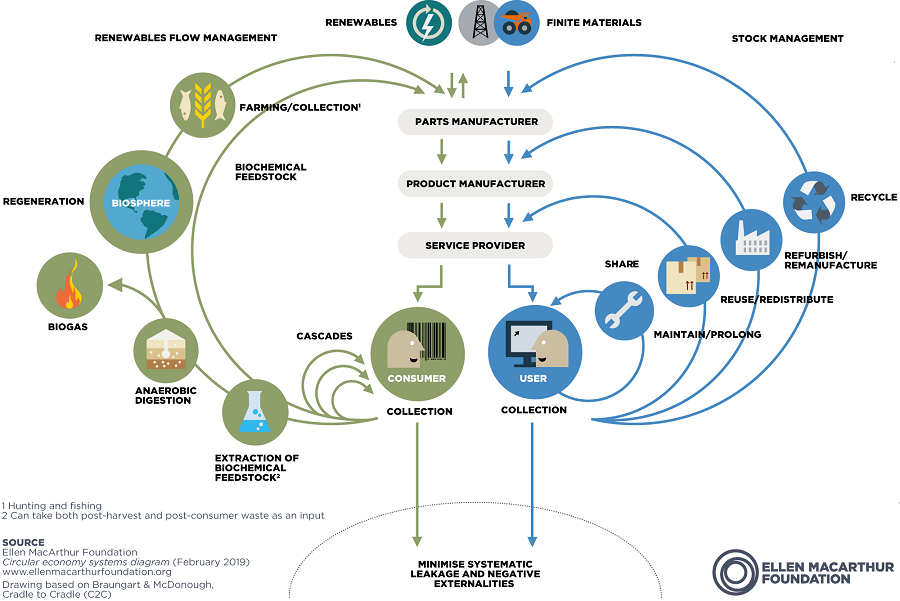
That’s us (individuals), in the middle, split into two behaviours – ‘consumer’ and ‘user’.
We consume things (like energy). But we also use things – and the less things we use up, the better (and more circular).
If you’re thinking this diagram looks complicated, focus only on the blue section, and forget about the rest. This blue part is where individuals have an influence. The loops show all the actions we can take to keep resources in use, and contribute to the circular economy.
Share, maintain and prolong:
Keeping products and materials in use by prolonging their lifespan for as long as possible.
For product designers and manufacturers, this means designing for durability, and making sure it is simple an straightforward to repair an item.
For us as individuals, this means passing on things we no longer use or need to those who will use them, servicing the things we own that need servicing so that they continue to work properly, and fixing stuff when it breaks.
Sharing stuff:
I’m a big fan of the sharing economy (the real sharing economy, where people genuinely share stuff). The idea of everyone owning everything they might ever want to use, and most of things languishing on shelves and in cupboards for most of the time, is a complete waste of resources.
I’m sure you’re all familiar with the library. (And hopefully, you are all members of your local library!) Mine lends out books (obviously), DVDs, CDs, board games and magazines, as well as ebooks, e-magazines and even online movies and documentaries.
Then there are toy libraries, tool libraries (the Auckland Library of Tools is particularly inspiring, and there’s a new Tools and Things library coming to Perth very soon), libraries of things…
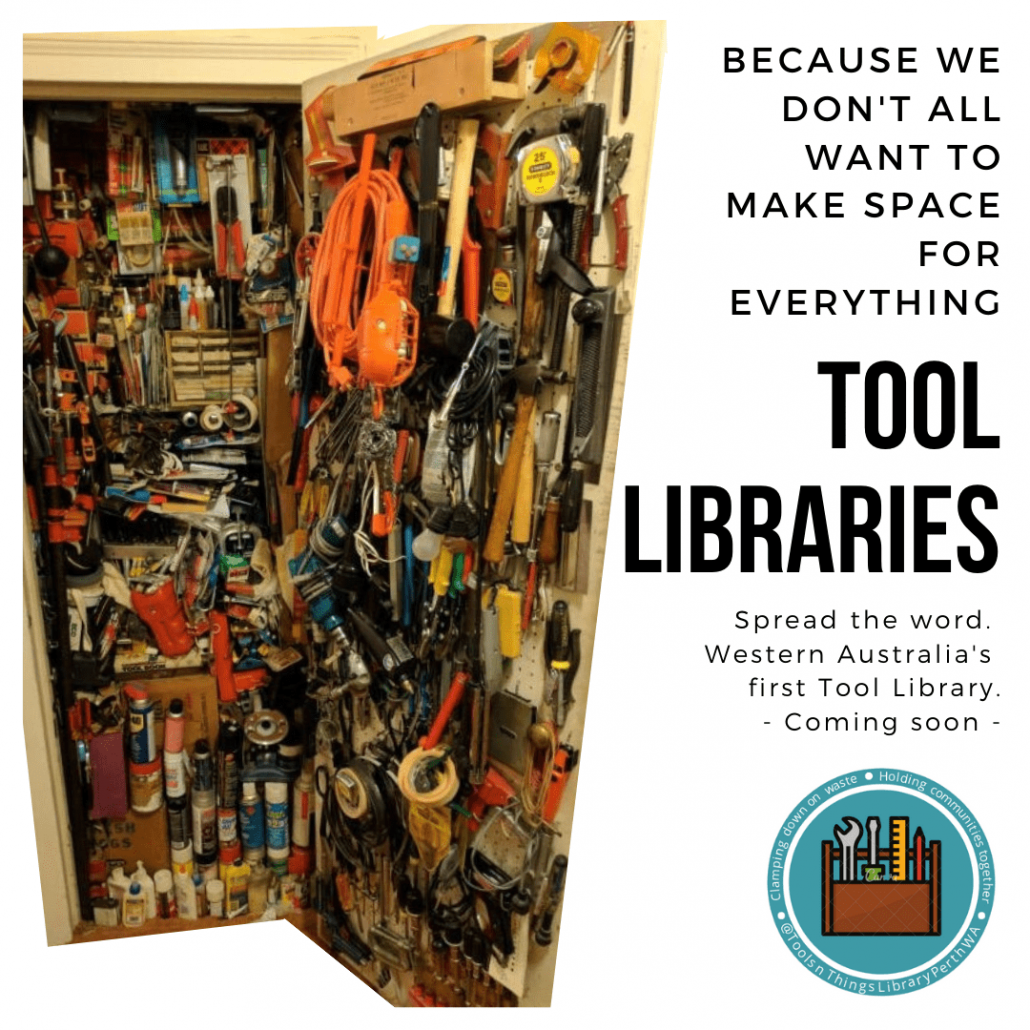
They vary in scale from registered charities to informal community initiatives. The Community Dishes library I set up a couple of years ago is an example of an informal arrangement.
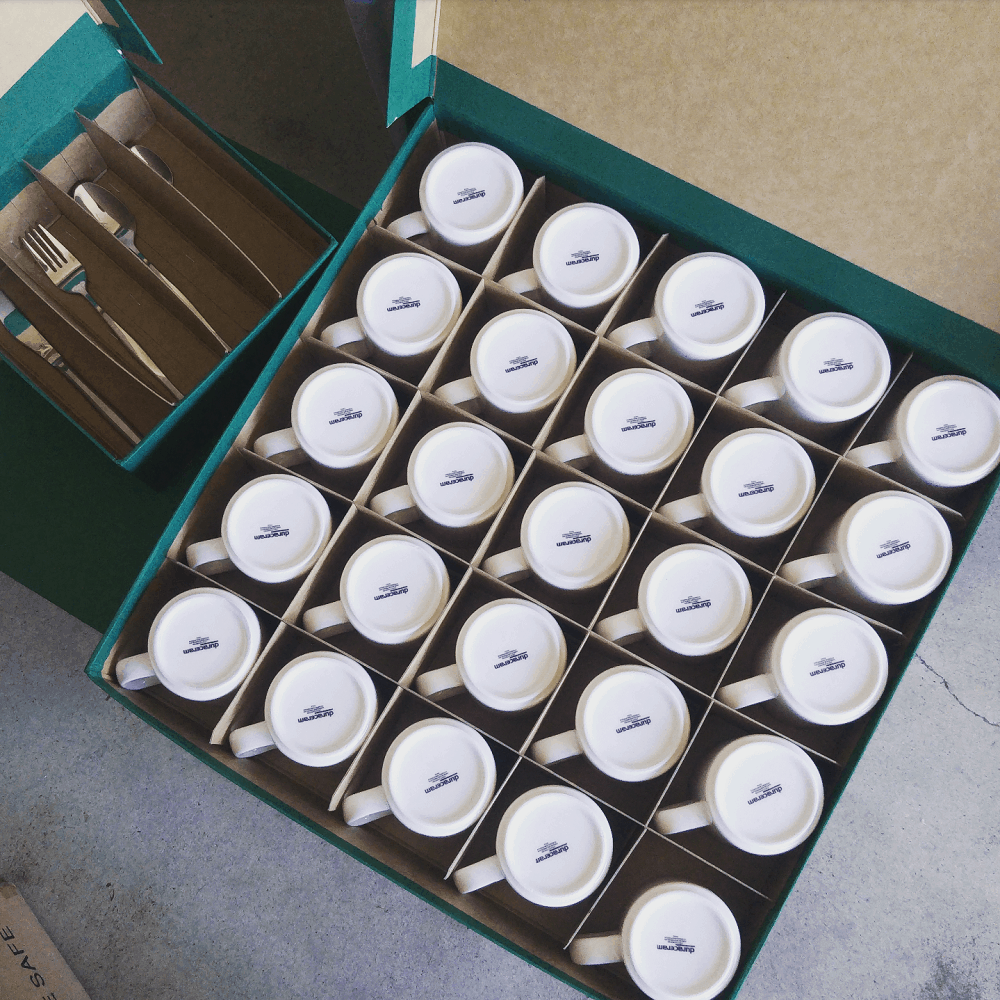
(And of course, then there’s hiring, which is still a form of sharing. Hiring furniture, tools, flatware and glasses, vehicles – it all maximises the use of those resources.)
Fixing stuff:
Whether we fix stuff ourselves or take it to a place to be fixed, mending our possessions keeps them in circulation longer and stops us using resources to make new stuff.
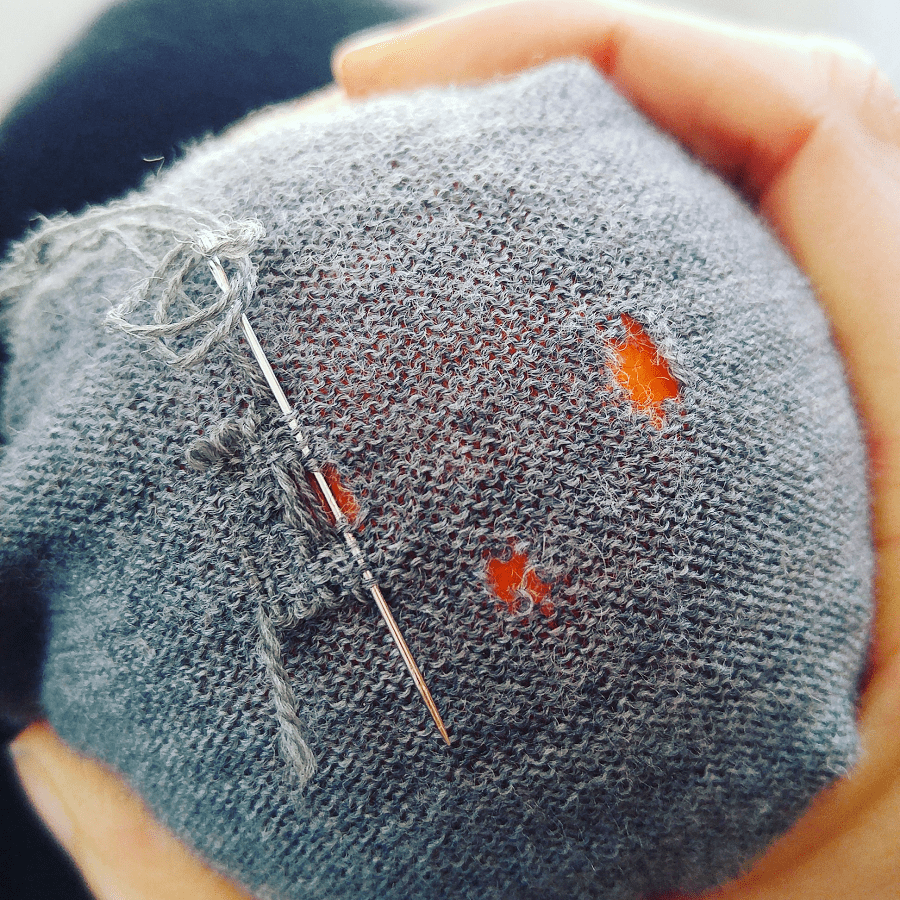
I learned how to sew buttons back on and darn holes many years ago, but that’s pretty much where my mending skills end. However, I am the proud owner of this book, Modern Mending, written by my friend and talented mender Erin Lewis-fitzgerald, which will make me a master mender, I have no doubt.
If you’d like to learn to mend clothes, I’d recommend reading this book.
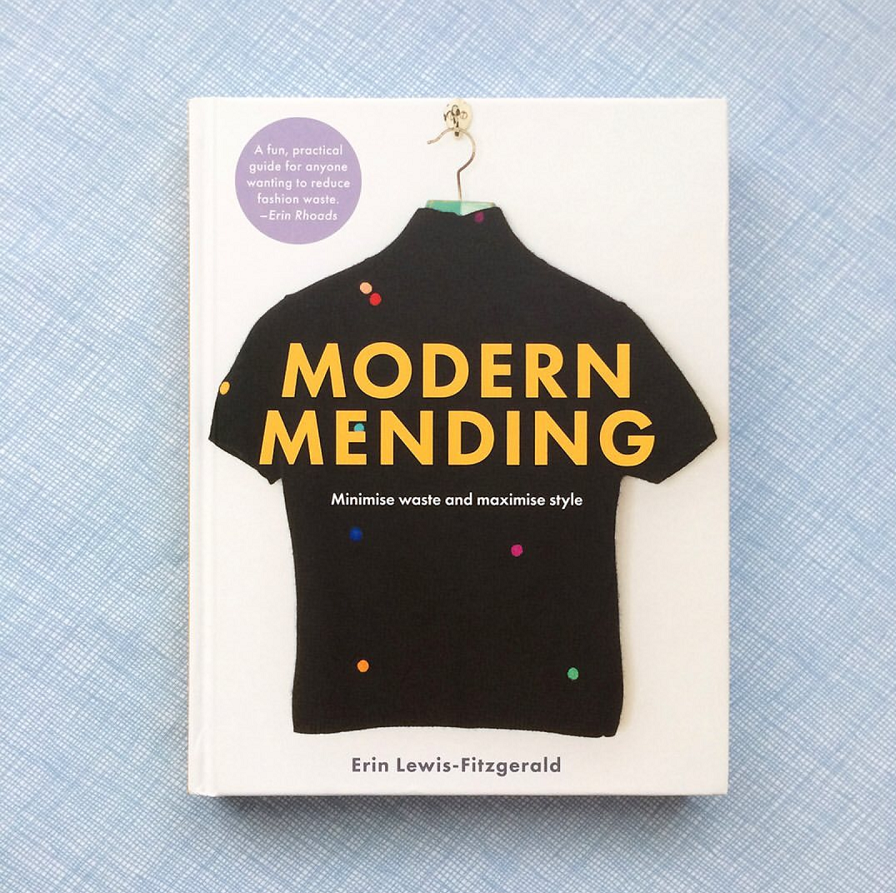
Longer term, we can start thinking about the longevity of a product when we buy it, rather than realising too late that it can’t be repaired. We can pay attention to quality, and buy things from companies who supply spare parts and provide assistance to fix things (rather than those companies who deliberately make it difficult, so we have to go buy a whole new one).
This (second-hand) coffee machine was easily fixed simply by ordering a replacement seal, and borrowing a short screwdriver to swap it with the worn one.

There is a great free resource called ifixit which provides free repair guides for, in their words, ‘everything’. They believe in the right to repair, and help people fix their stuff.
Reuse and redistribute:
Products and materials can be reused multiple times and redistributed to new users in their original form, or with little enhancement or change.
Reuse:
‘Reuse’ is the part that all zero wasters (and everyone who cares about reducing their rubbish) love. Whether we are talking about the reusables we buy (KeepCups, water bottles, lunchboxes), or the hoarding of glass jars for *all the things*, choosing to reuse is a big part of zero waste living.
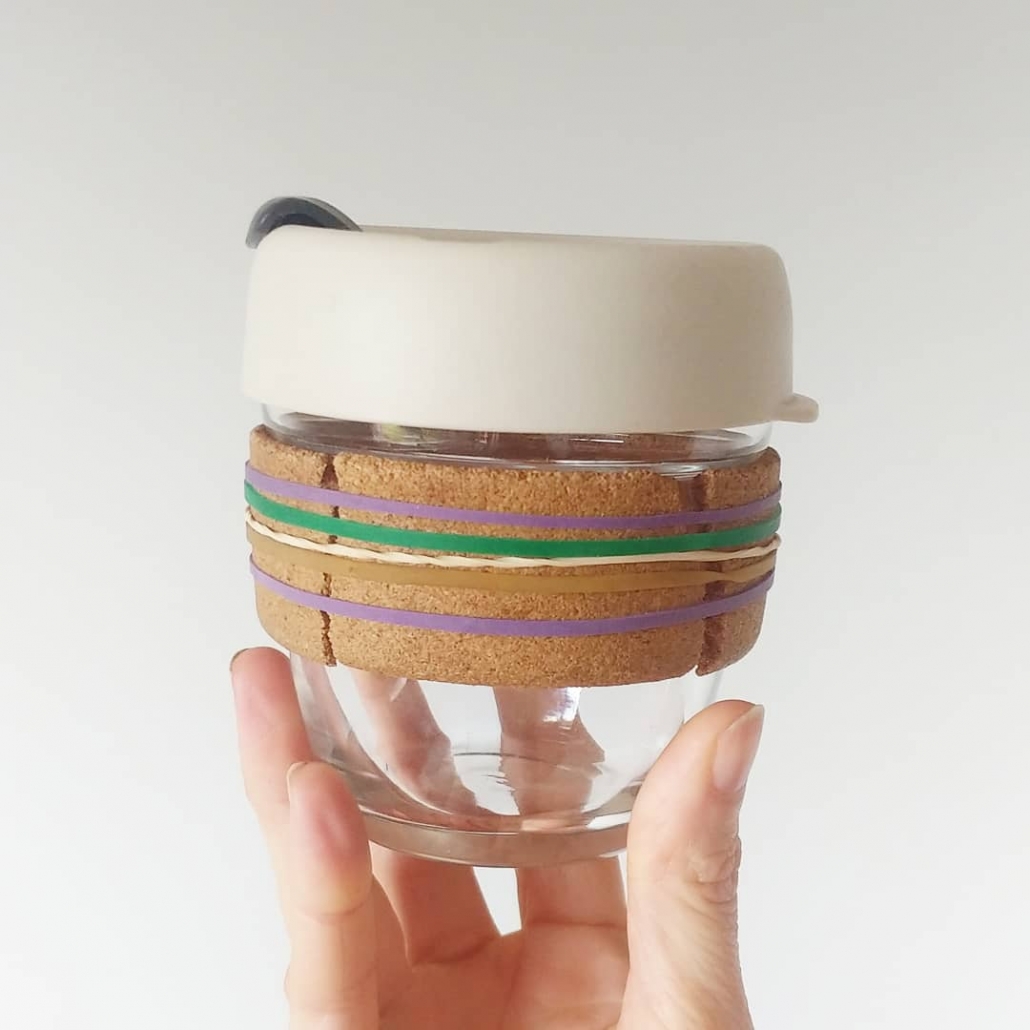
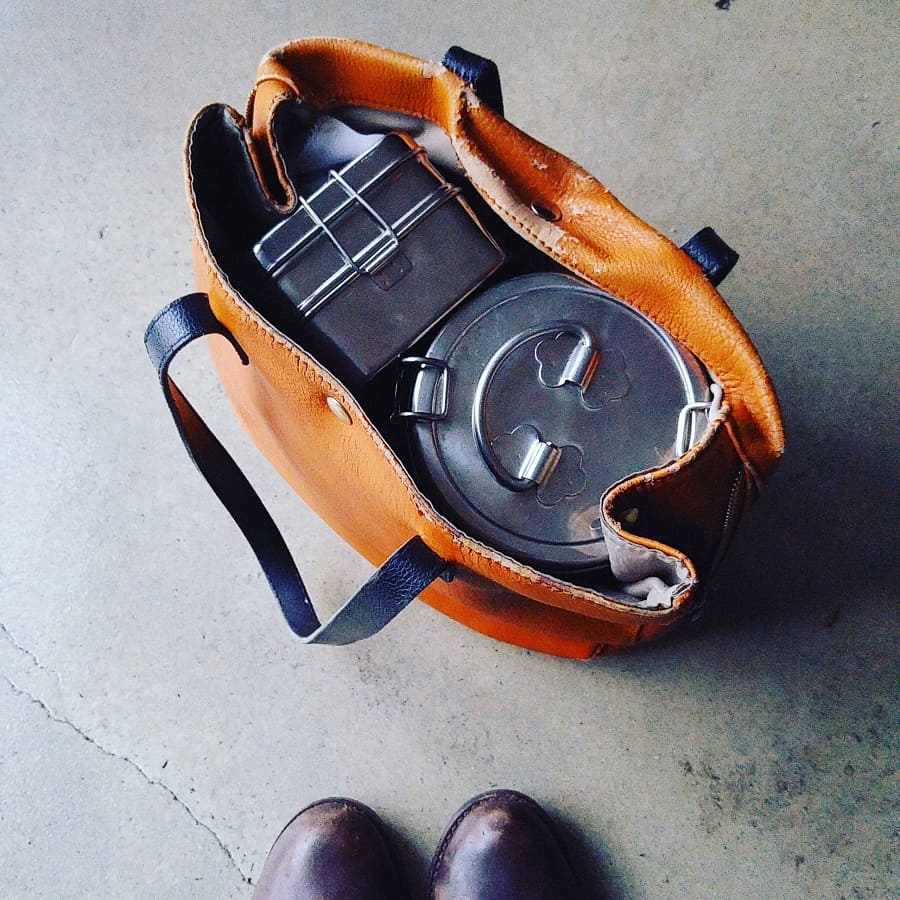
But the problem with this individual reuse model is that it’s up to us, the individuals. We have to remember our stuff and we have to seek out the places that will accept it for use.
It relies on us not forgetting, being prepared and planning ahead. It helps if we know our neighbourhoods well. It requires us to have the disposable income to invest in owning these things (and then the organization skills not to lose them).
Imagine if, rather than the onus being on individuals, the system was actually designed this way.
Thinking about reusables like coffee cup and lunchboxes, companies are starting to offer an alternative reuse model – one where the customer doesn’t need to buy or own the reusable, or even hire it – they can simply borrow it.
These schemes are popping up all over the world. Renome is a coffee cup scheme based in Perth – you pay a $3 deposit for the cup and $2 for the lid. The cups can be returned to any participating outlet and either the deposit is refunded, or the cup is swapped for a fresh one.
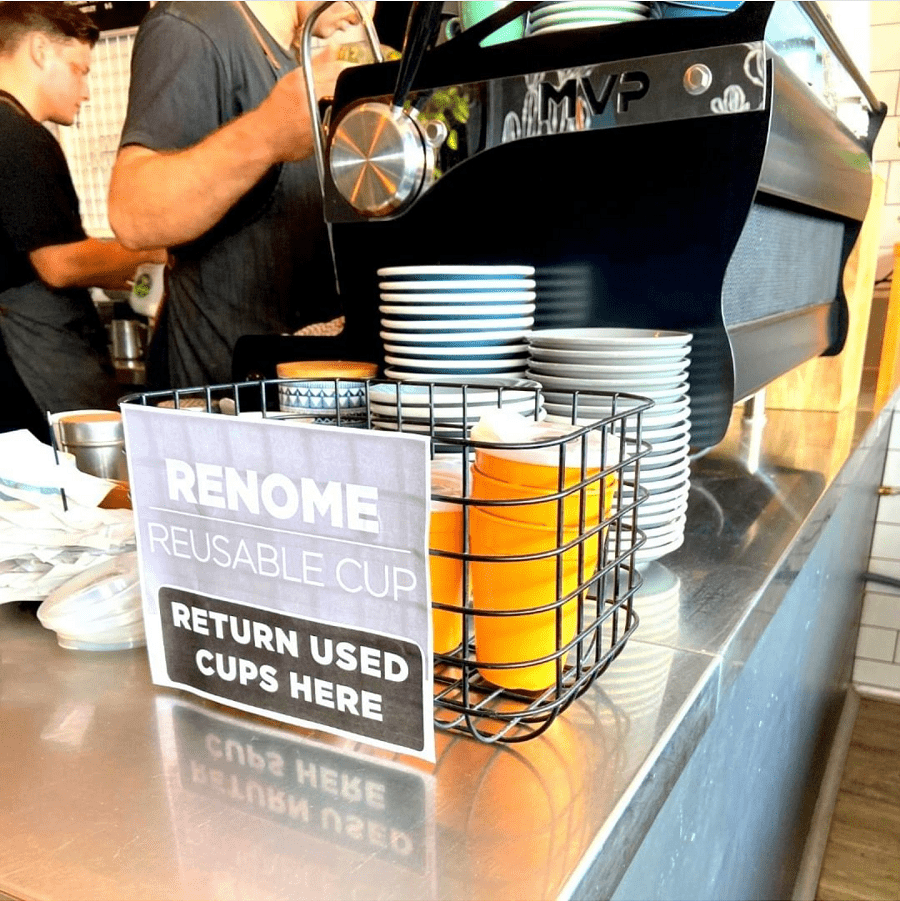
Returnr is a Melbourne-base business that has lunchboxes as well as coffee cups, and can even be used with the food delivery app Deliveroo. They have a similar deposit scheme – pay $6 to borrow the container, and receive a refund when it is returned.
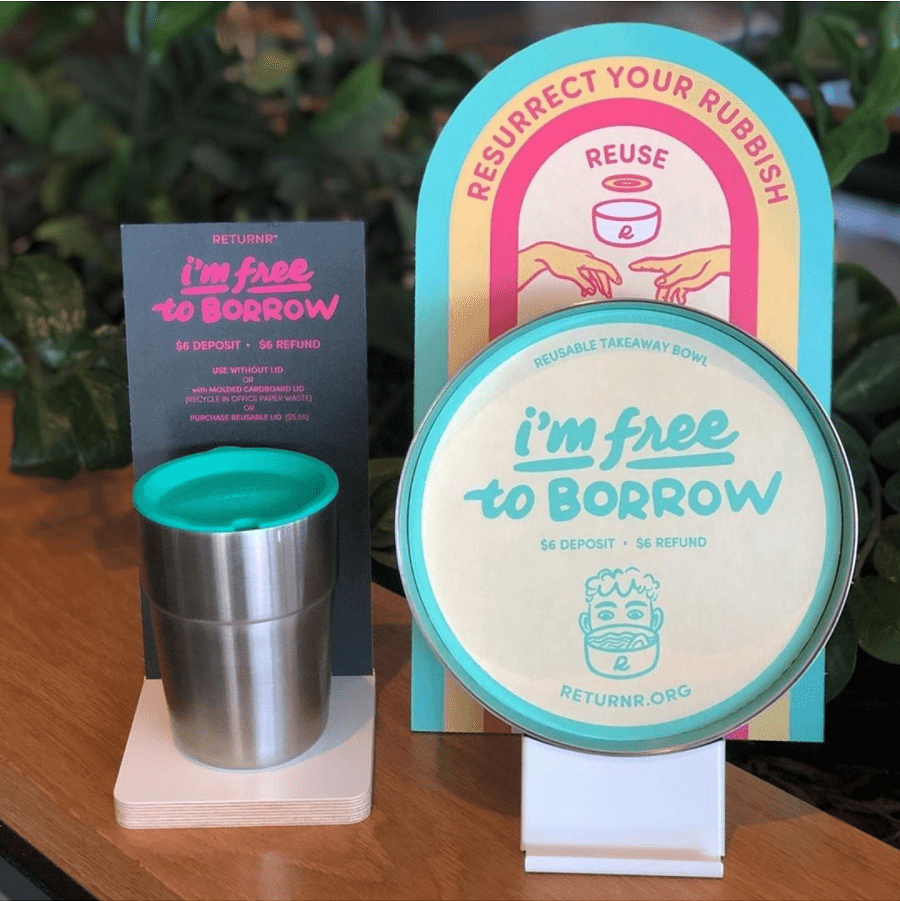
You might have heard of Loop, the reusable scheme currently being trialled around the world with some of the big-name brands in the big supermarkets in partnership with Terracycle. They supply products in reusable containers, which customers pay a small deposit for, and these containers can be returned and refilled.
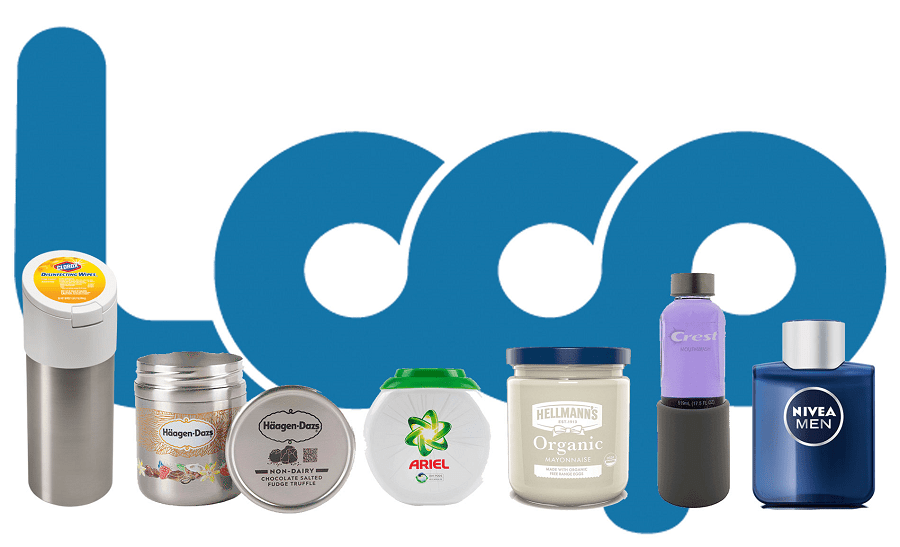
The Loop UK trialed launched with Tesco in July 2020, and the Loop Australia trial will start with Woolworths in mid-2021.
If you’re interested in finding out more, Ander Zabala (a UK zero waster) recently wrote about his experience with Loop UK.
(There’s lots I could say about the merits and drawbacks of the Loop scheme, but I’ll spare you – for now. Whether you think this is a great idea or a marketing scam, it is interesting that big companies are looking into this and potentially making the idea of reusable packaging and circular systems a more mainstream and more accessible one.)
Redistribute:
If you own something you don’t use, there’s really no reason to keep it. Give it to someone who needs it and will use it. You can sell stuff or you can donate it – online platforms such as eBay, Gumtree and Craigslist have made it so much easier to find people who want our old things.
My absolute favourite platform is the Buy Nothing project, which is a network of neighbourhood groups dedicated to sharing things (you can only join one group – the one where you live), and runs on Facebook.
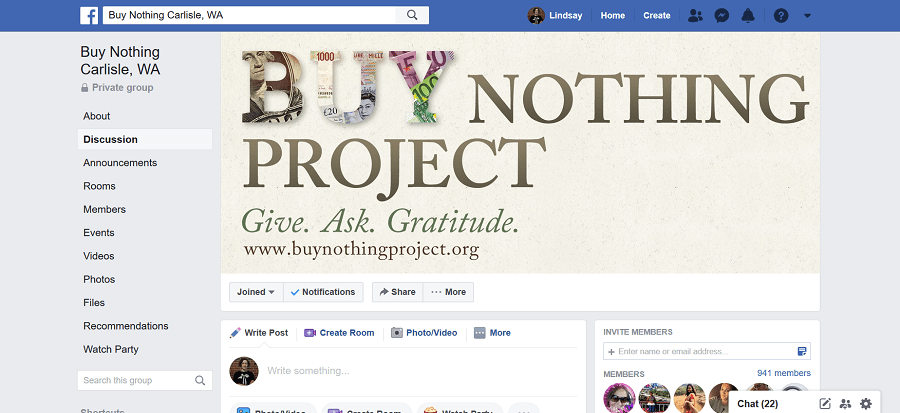
I’ve talked about it a million times before, but if you haven’t heard of it, head to the Buy Nothing Project website.
If you’re looking for more options, I’ve written about alternative places to give away stuff you no longer need here, and all the different ways to share excess food here.
Refurbish and remanufacture:
Refurbishment: a largely cosmetic process, where a product is repaired as much as possible, usually without disassembly and. replacement of components.
Remanufacturing: a product is disassembled into components and rebuilt (replacing components as required) to as-new condition with the same warranty as a new product.
The best example I can think of for this is the electronics companies that sell refurbished phones, tablets, mp3 players, laptops and desktop computers that are approved for resale and come with a manufacturer warranty.
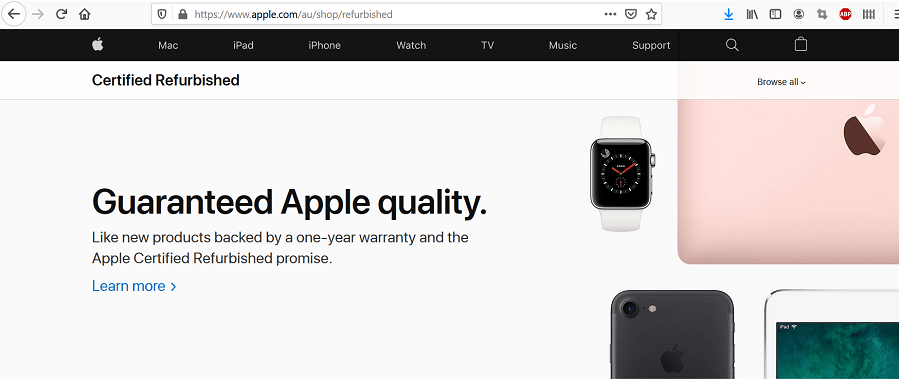
Rather than buying new, we can seek out refurbished items. Outside the electronics sector it might not be something we see often, but it’s something to keep an eye out for.
Recycle:
Reducing a product all the way back to its basic material level, which allows these materials (or a portion of them) to be remade into new products.
Recycling is part of the circular economy, but it’s the lowest value of all the processes because of the energy used and material losses that happen when something is recycled.
Recycling something into a lower quality product that then cannot be recycled and has to be landfilled is not the aim of the circular economy.
Plastic recycling in particular barely reduces consumption. Take soft plastics (often used in packaging: crisp/potato chip wrappers, crackers, bread bags, etc). They can be dropped off for recycling at local supermarkets…
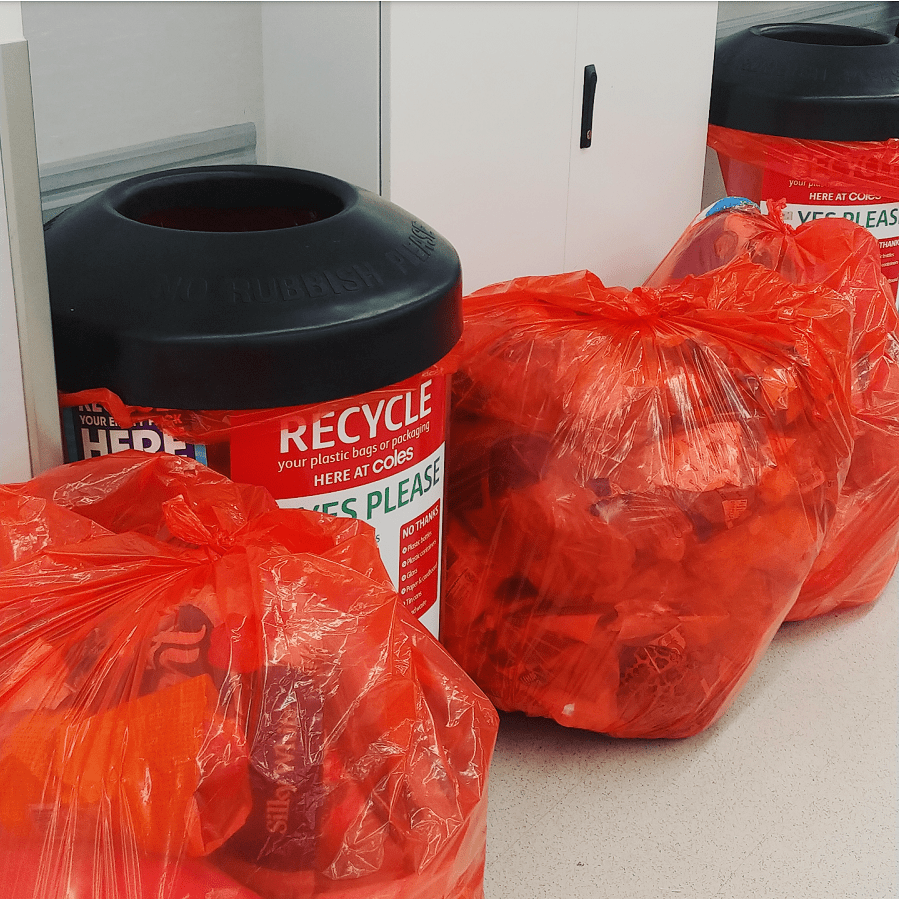
They are recycled into traffic bollards and plastic benches.
Whether this is a useful way to use plastic is arguable (it seems there is less of a need for benches to be made out of recycled plastic and more a need to do something with all this plastic), but the issue is, this recycling is doing nothing to reduce the need to use new plastic to create more crisp/potato chip wrappers, bread bags, and so on.
It’s an almost linear system, not a circular system.
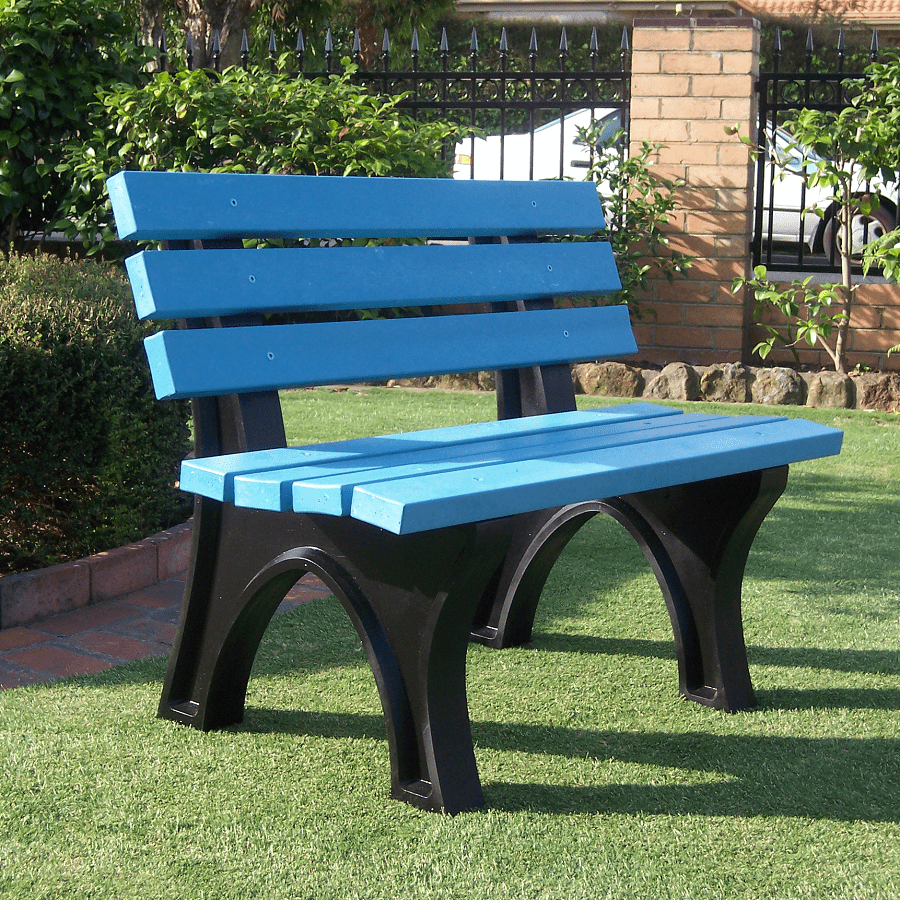
Recycling is better than not recycling, of course. And recycling still needs to be encouraged. But as a society, we need to move towards recoginsing that recycling is the last option, not the first.
It’s true, in many places, recycling is our best and perhaps only option. Which is why we need the engineers and material scientists and policy makers embracing the circular economy – they need to design out this kind of waste.
The circular economy needs the involvement of everyone, on all levels. As policies change, systems are redesigned and schemes are introduced, we can support these changes and help them thrive. We all have a part to play.
Manufacturers and big companies sometimes like to make us feel like it’s up to us. All the responsibility lies on our shoulders, and we should feel guilty if we do anything less than.
Have you ever seen the label ‘please recycle responsibly’ on some packaging – and discovered it’s not recyclable where you live? It’s as if, by writing this on the packaging, the company is passing the onus onto us.
But the real question is, why aren’t companies ensuring there is infrastructure to recycle the packaging they produce? Why are they even allowed to contribute to waste and pollution through poor design choices?
As individuals, we mustn’t bear all of the guilt for trying to live a sustainable life when the system often makes it difficult and even encourages waste. But we also have to be careful not to give our power away. To think that we have to wait for companies and governments to act before we can do anything.
We have power in our actions and choices. We can write to companies. We can petition governments. We can support the businesses trying to do the right thing. Where we have the option, can spend our hard-earned money wisely. We can tell our friends and family about good ideas and innovative solutions.
We might not be product designers or policy writers, but work on the circular economy is well underway, and as individuals/shoppers/users/responsible citizens, we have plenty of opportunity to support it.
Now I’d love to hear from you! Anything about the circular economy you find confusing? Any good examples of circular systems you’d like to share? Have you used the Loop system, and what was your experience? Any other thoughts? Please share in the comments below!

